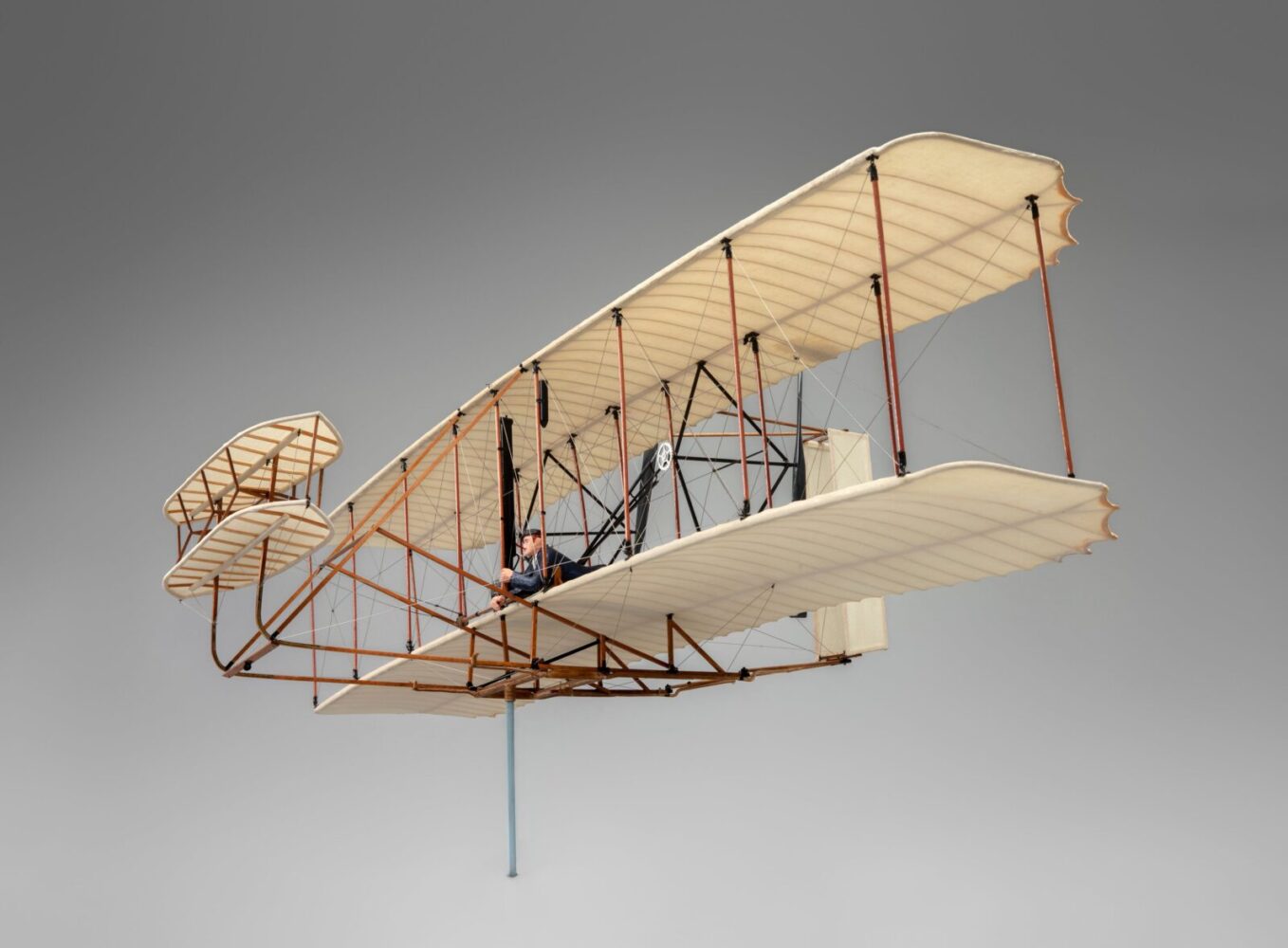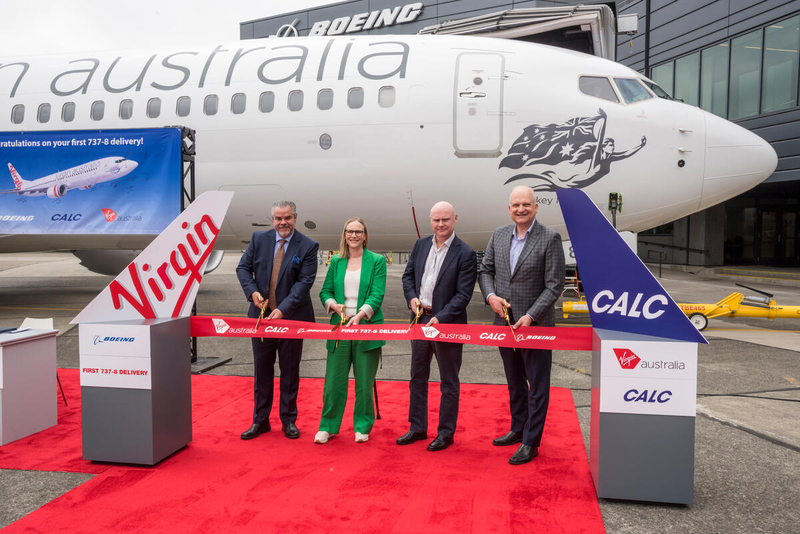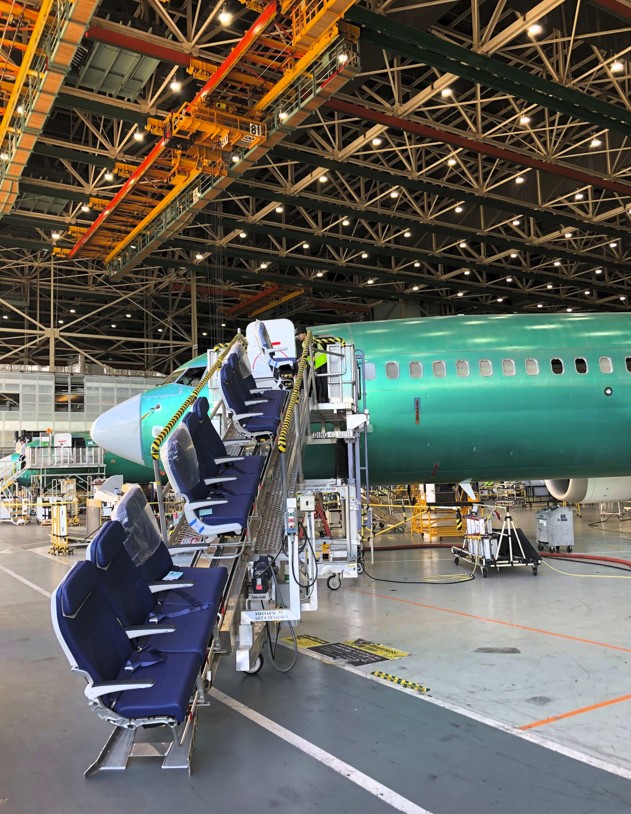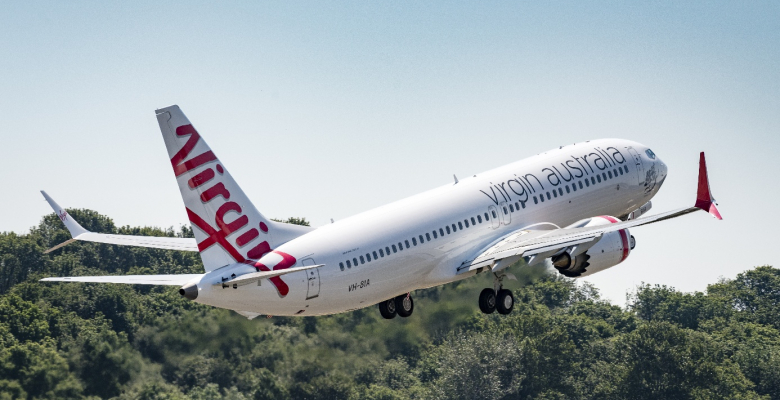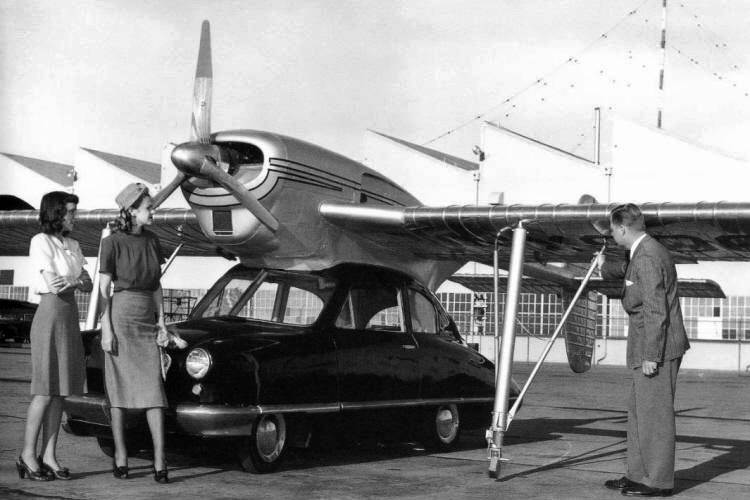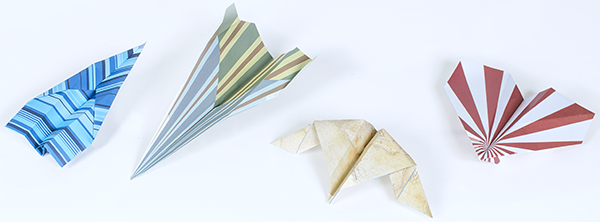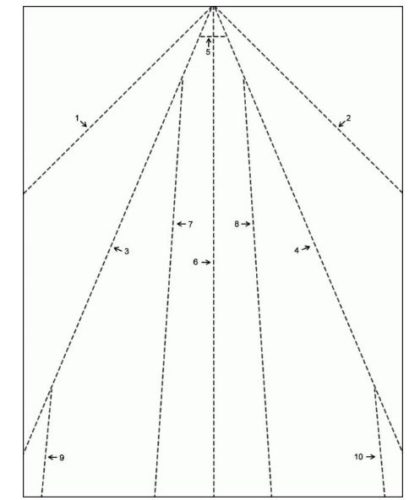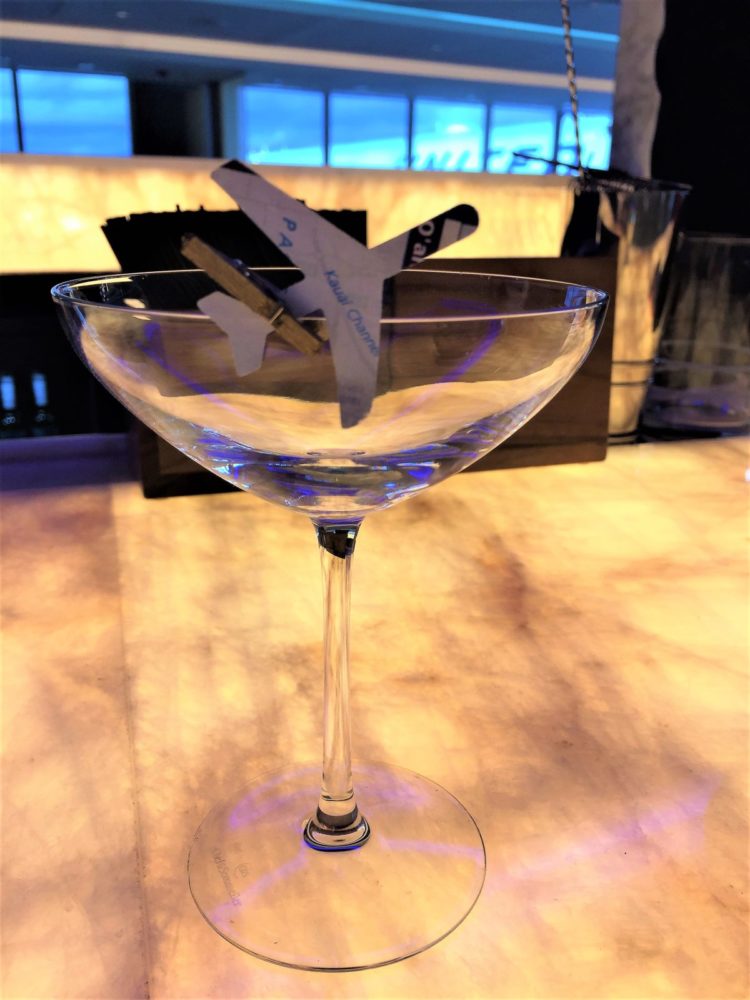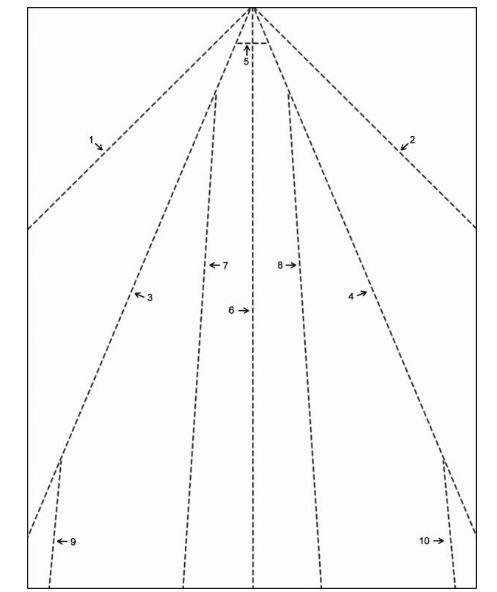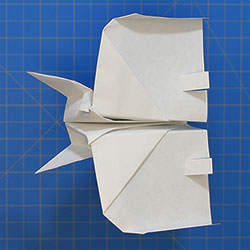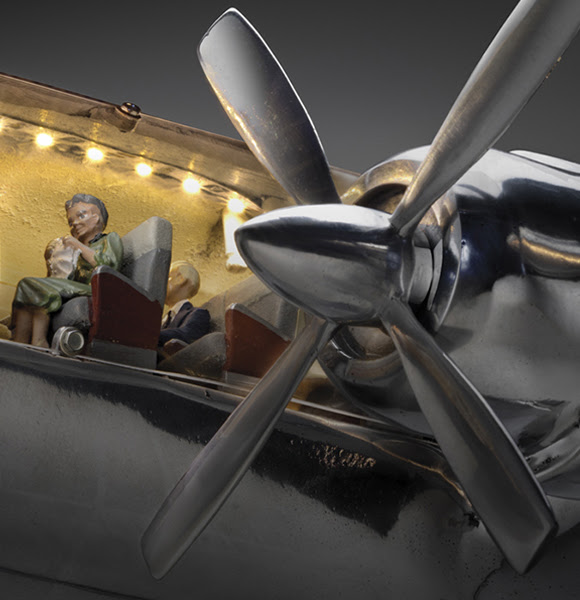
A new exhibition at San Francisco International Airport (SFO) features model aircraft from the collection of the SFO Museum.
“The types of airplane models, as well as the methods and materials used to construct them, have greatly varied over time. Yet model aircraft can be broadly categorized into two major types: ‘flying models, which fly similar to real aircraft and generally use radio controls and engines, and ‘static models’ which are built primarily for display,” the exhibit notes tell us.
The airplane models in this exhibit are from the twentieth century and were commissioned by airlines and aircraft manufacturers. Many of the models on exhibit are intricately detailed cutaway versions specificilly designed to give prospective customers at airports, airline sales offices, and travel agencies a view right into into the airliner’s cabin.
While there are thirteen airplane models in this exhibit, the SFO Museum’s collection includes nearly two thousand models representing a broad range of aircraft. Four of the models in this exhibition are unique static-display models scratch-built by Edward Chavez, a recognized master in the modeling community. And five of the airliner models are Gary Field (b. 1956) using similar methods to leading airliner model makers of the last century.

A Cut Above: Airplane Models from the SFO Museum Collection is on view pre-security in the International Departures Hall at San Francisco International Airport through January 26, 2025.
All images courtesy of SFO Museum.
